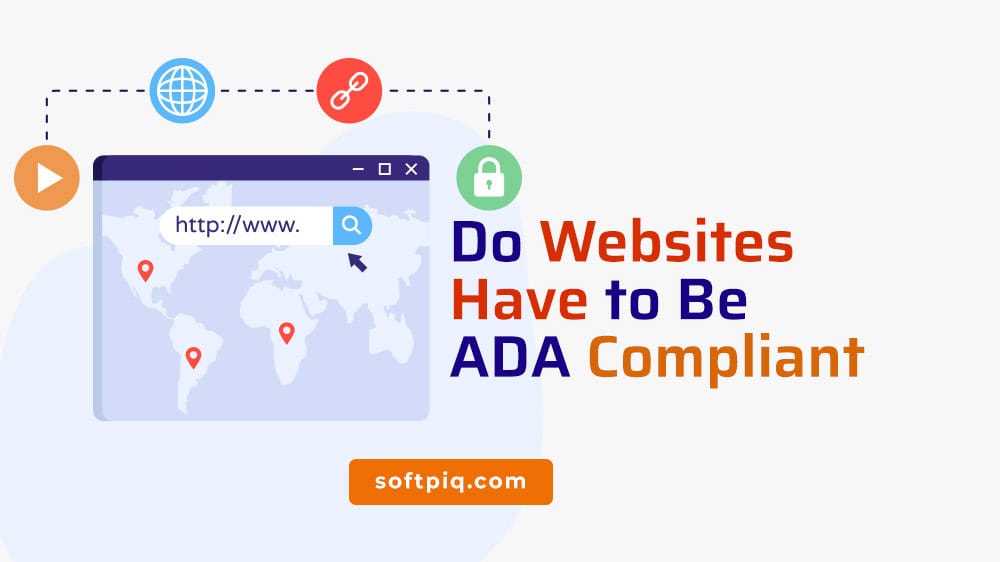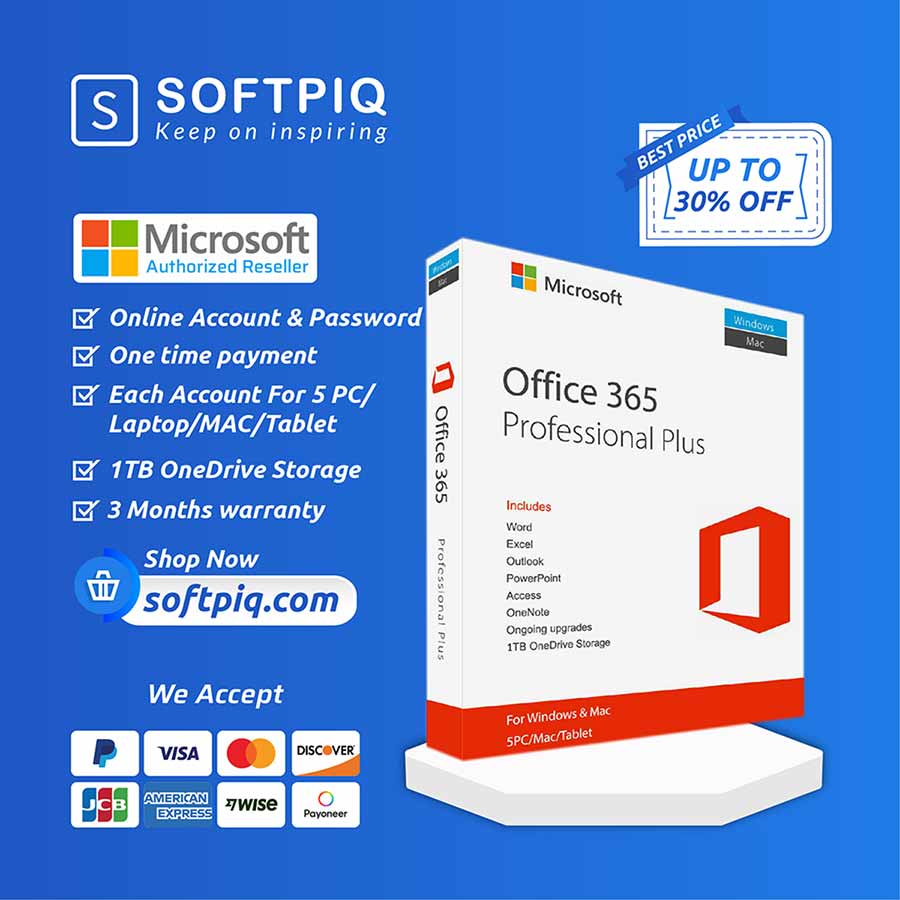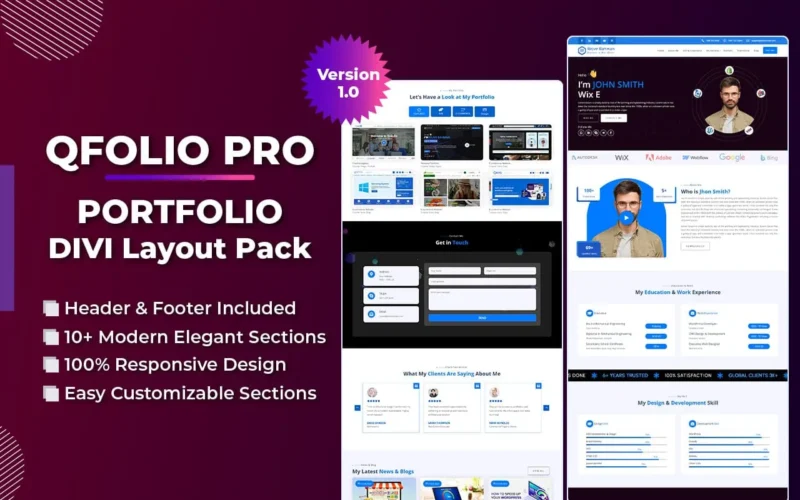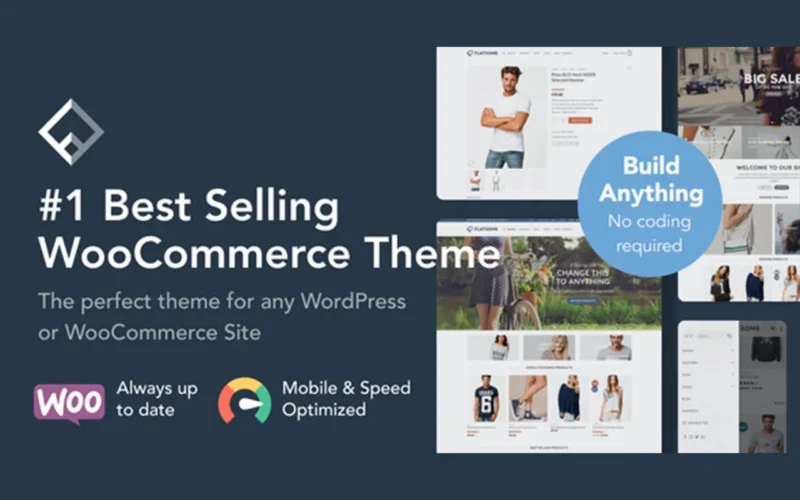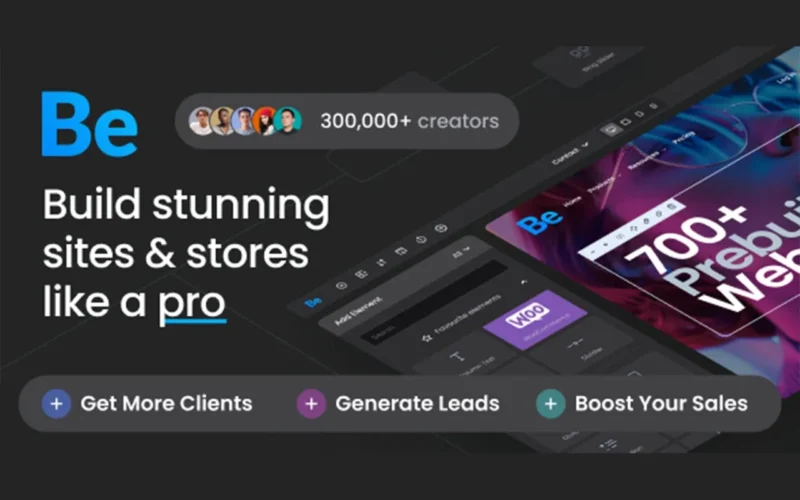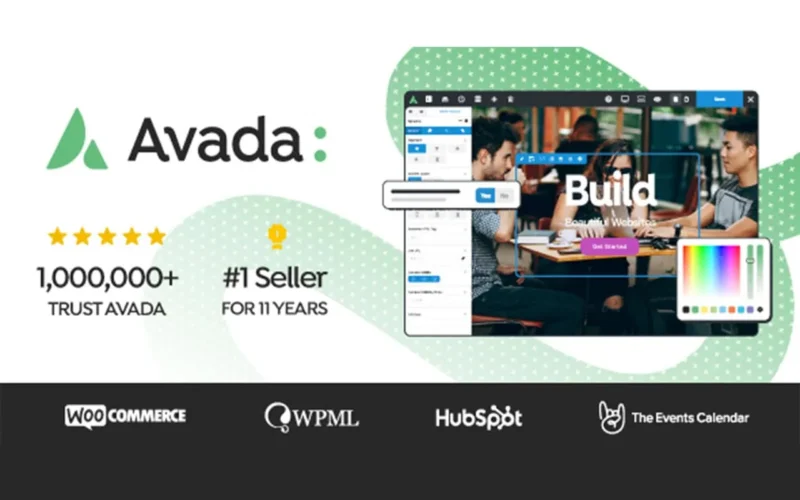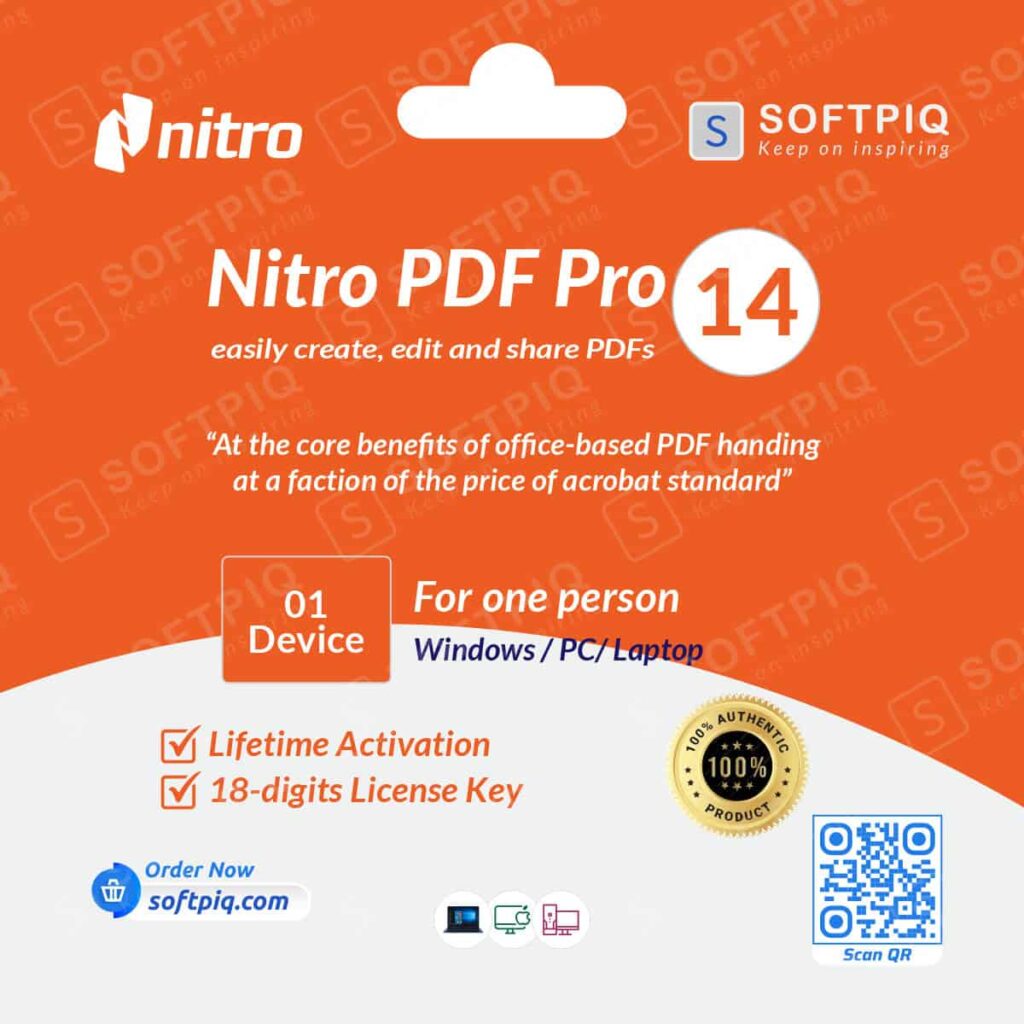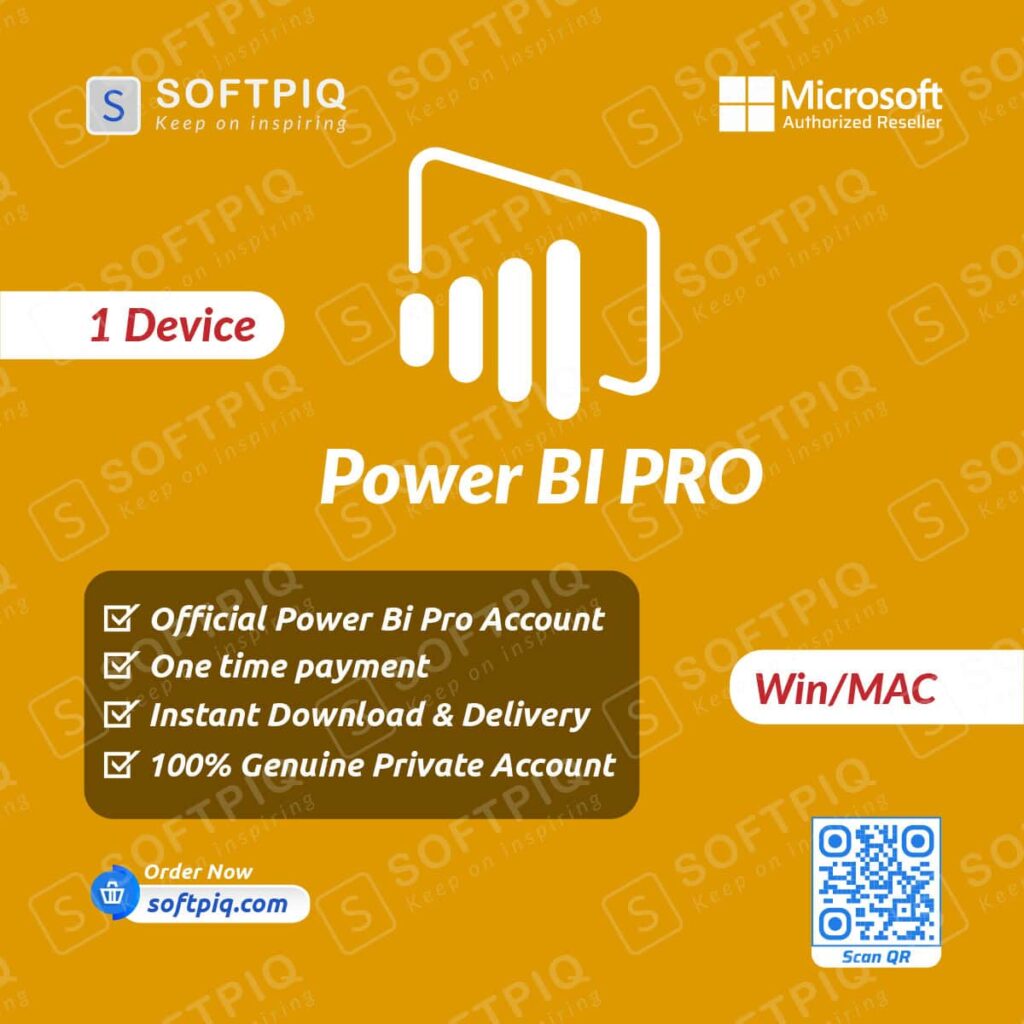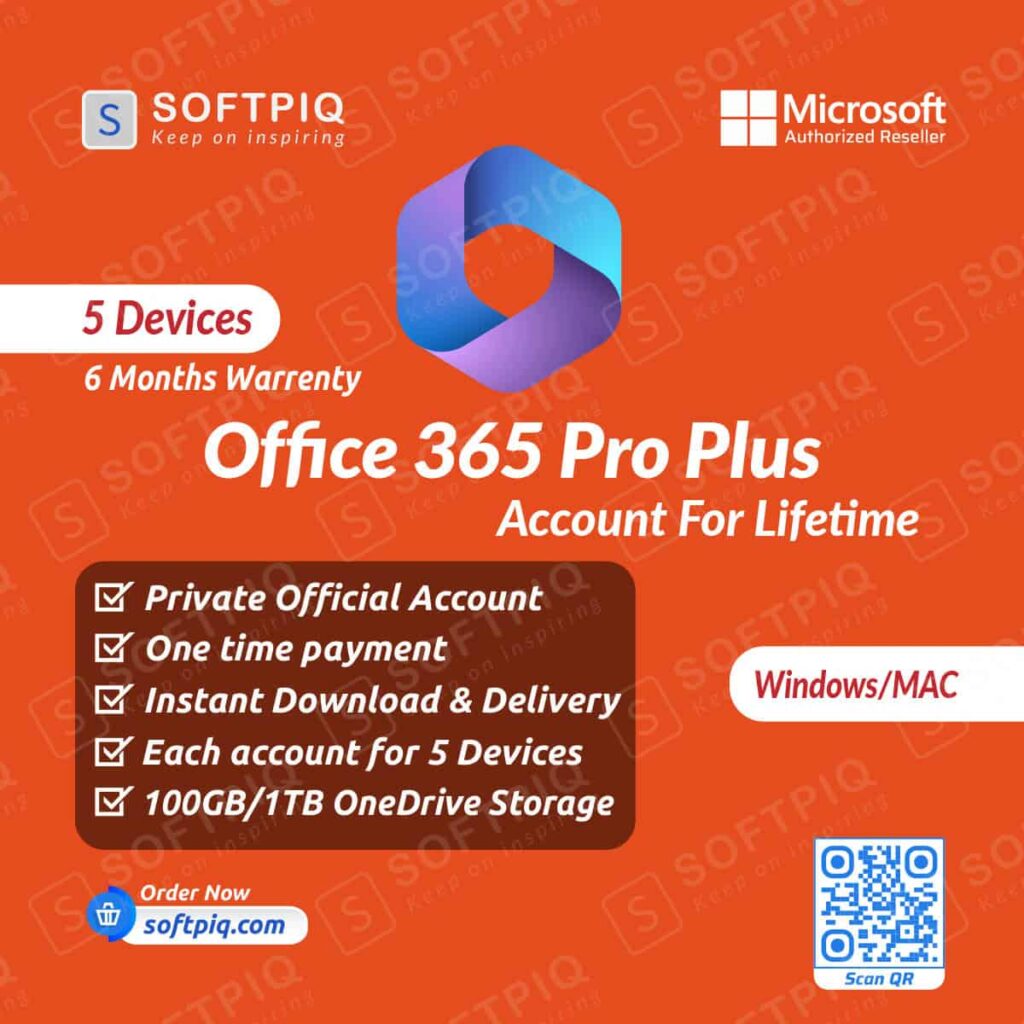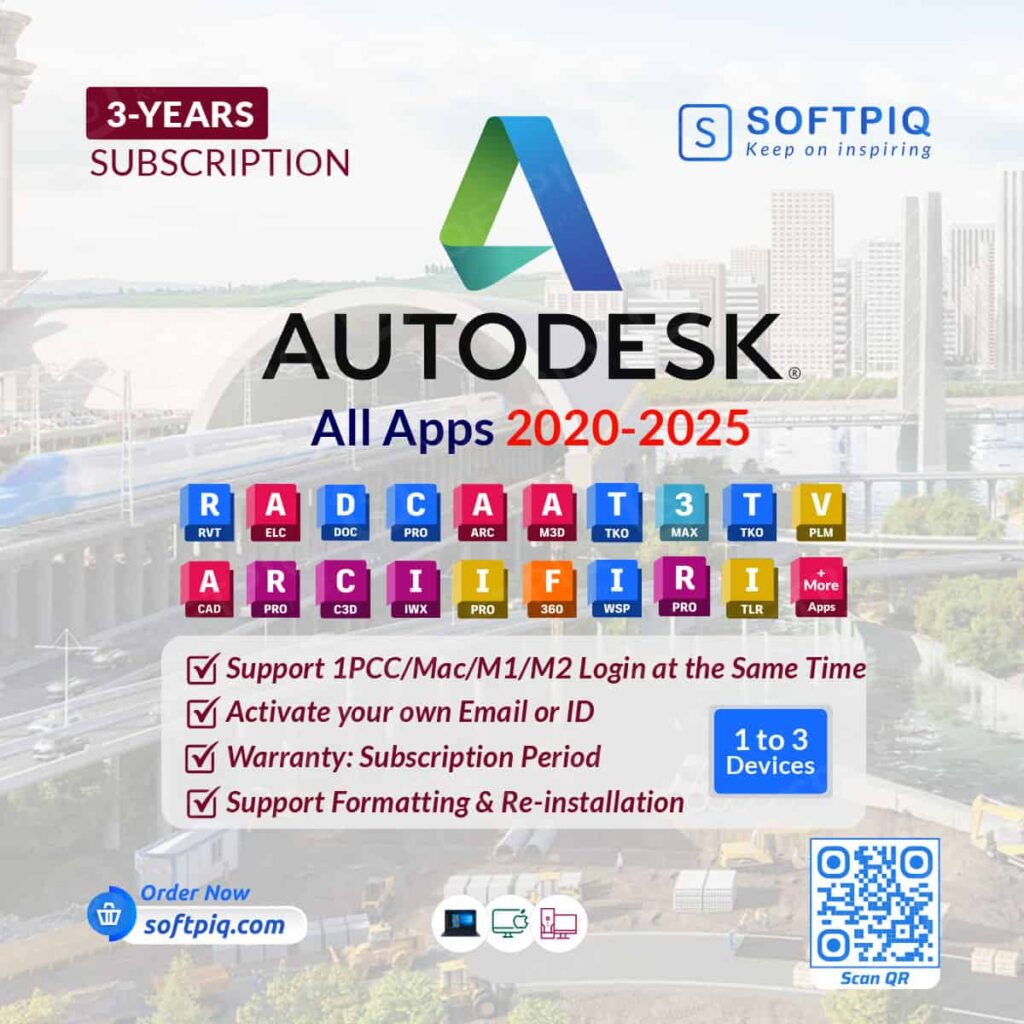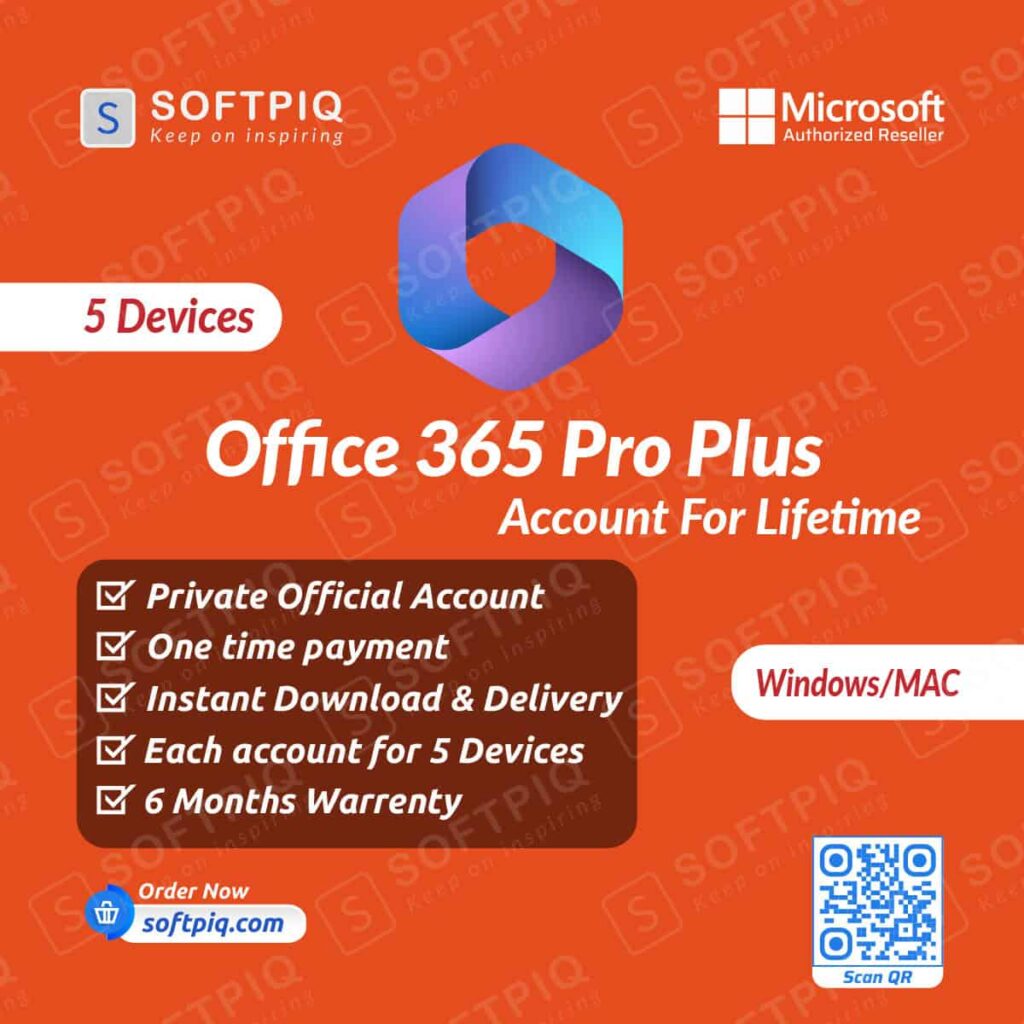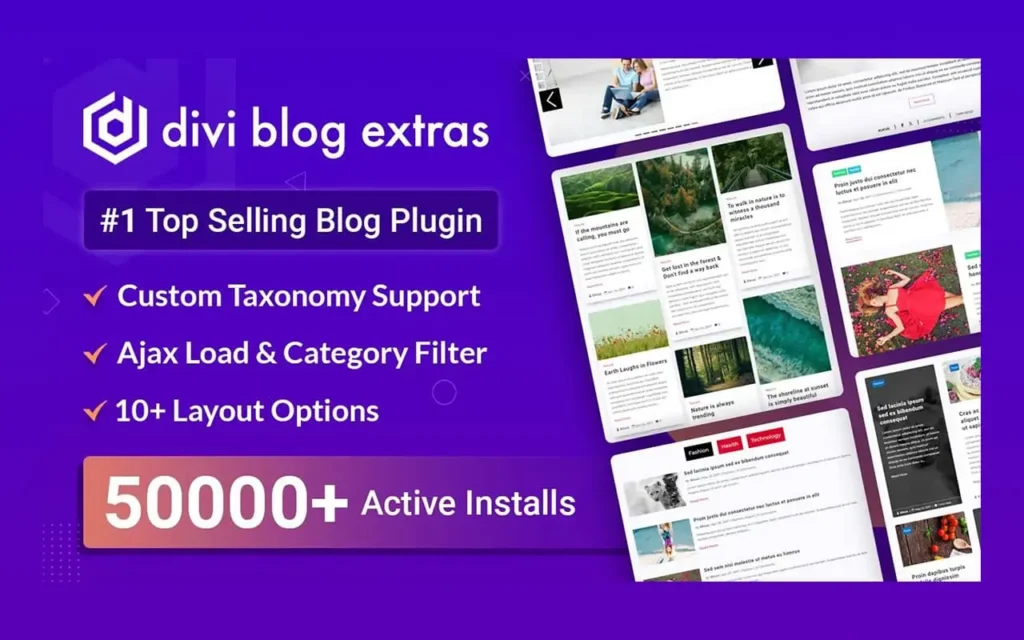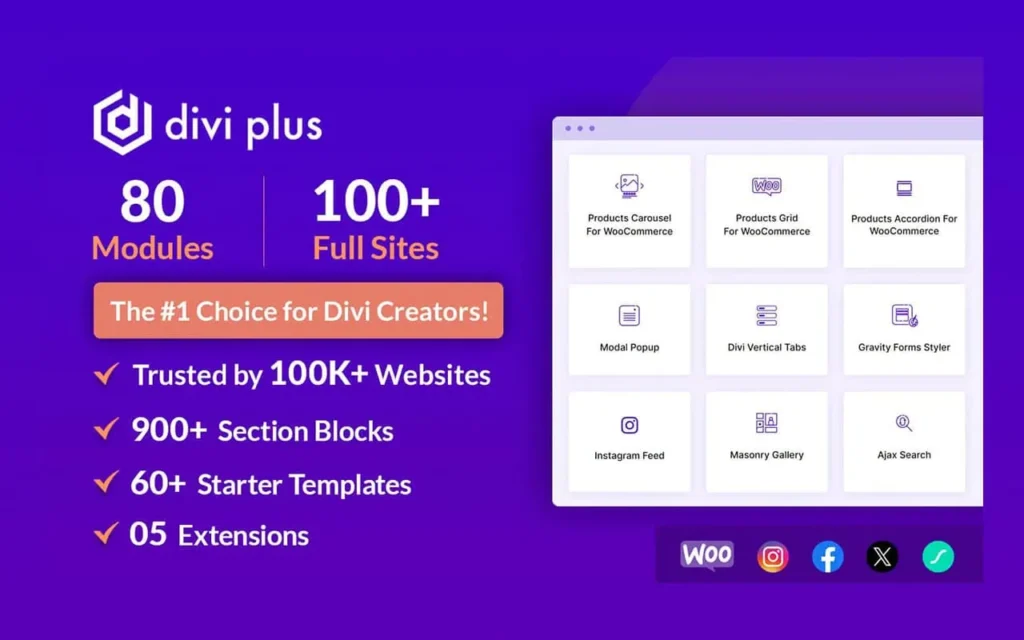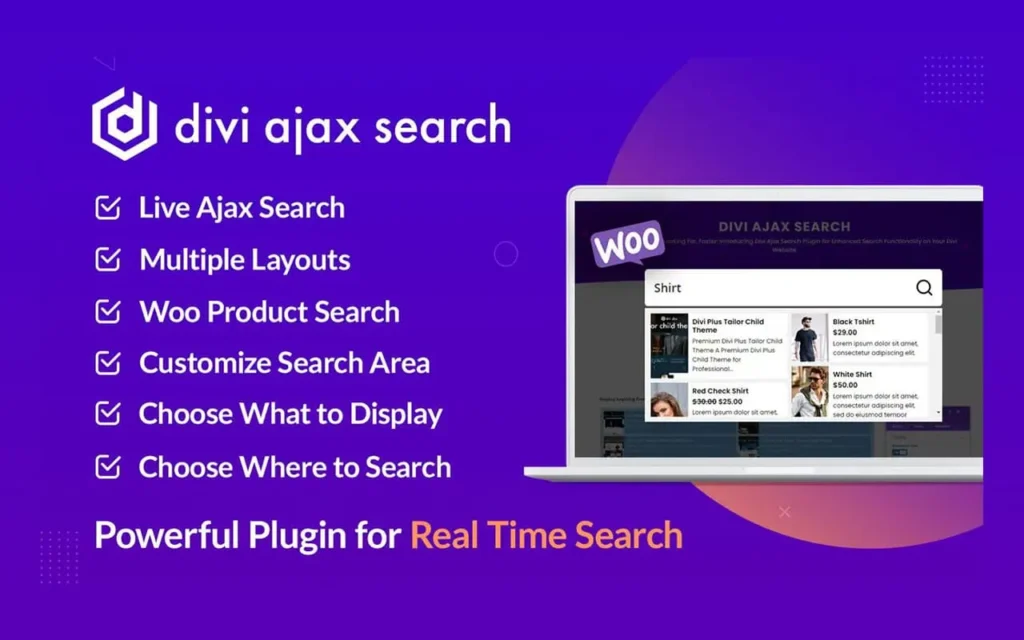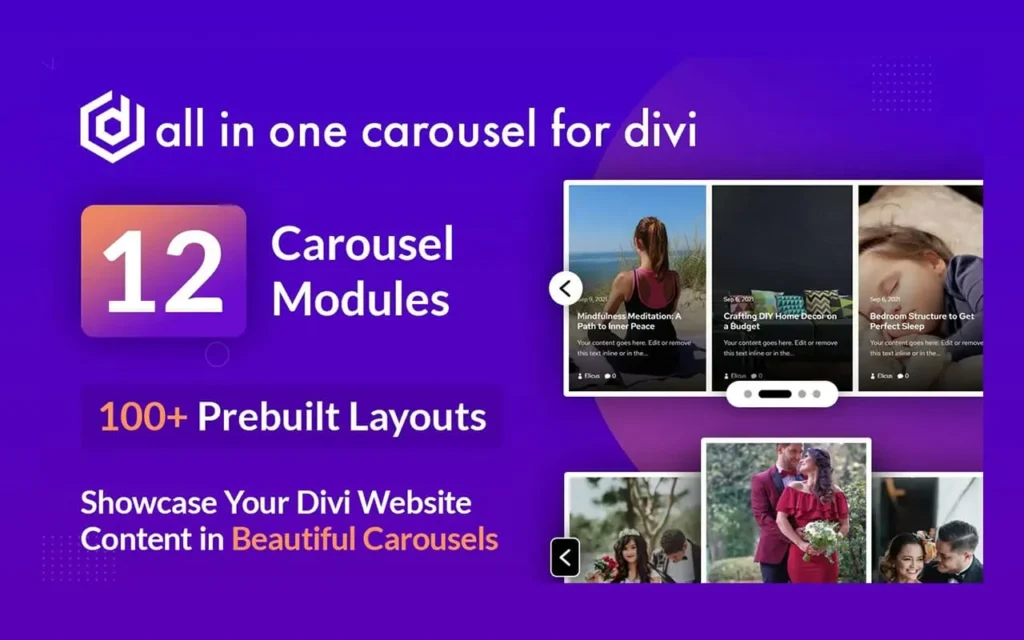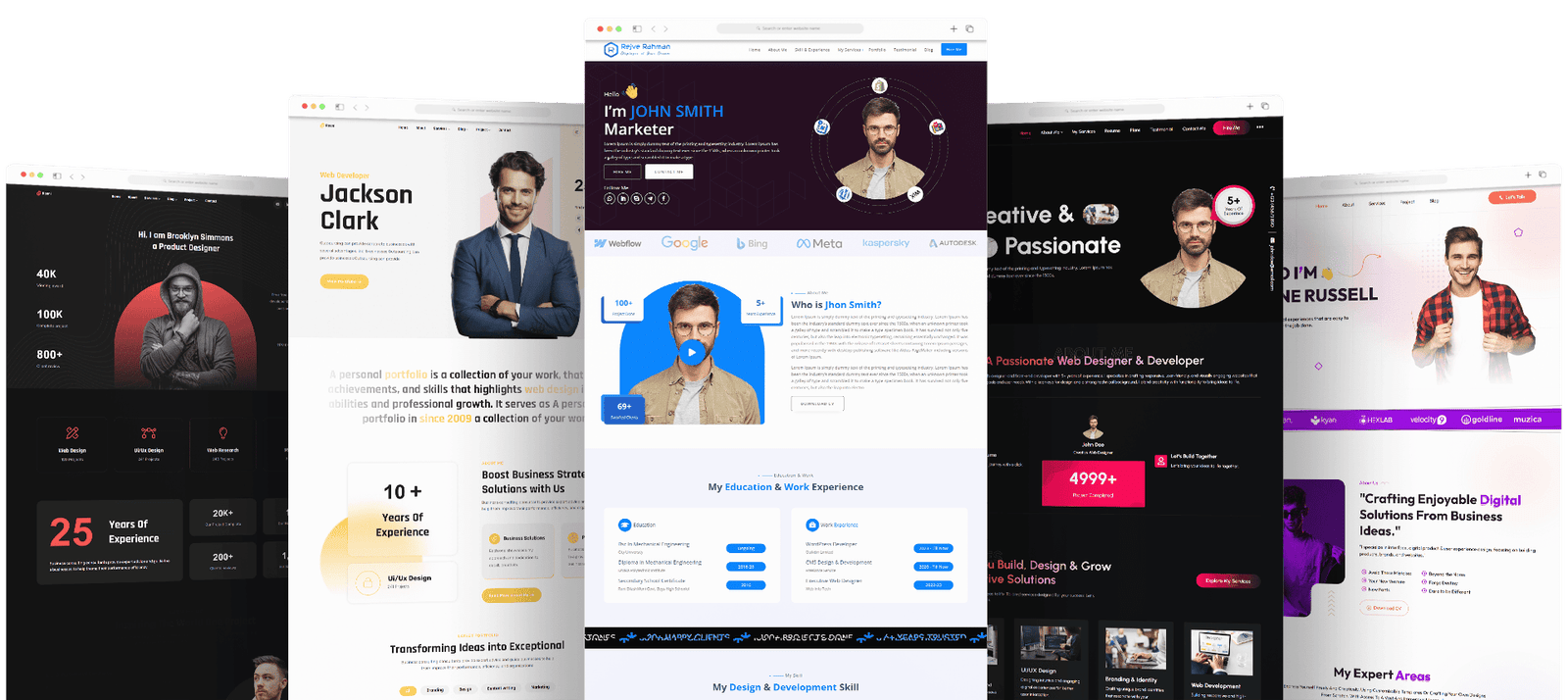If you’re running a website today — whether a business site, portfolio, or e-commerce platform — one question is more important than ever: Do websites have to be ADA compliant? The answer is a firm yes. With increasing legal scrutiny and evolving user expectations, making your website accessible is no longer optional. It’s a vital part of protecting your business, reaching a wider audience, and improving your online presence.
In this article, we’ll explain the importance of ADA compliance for websites, break down the essential ADA compliance website checklist, and introduce how SOFTPIQ’s trusted partners—Quikdin Agency, Qdinfy, and freelance web developers—can help you meet and exceed the web accessibility guidelines required in 2025.
Table of Contents
Understanding ADA Compliance and Web Accessibility
The Americans with Disabilities Act (ADA) requires that businesses provide equal access to their goods and services, including online offerings. So, do all websites have to be ADA compliant? The simple answer: If your site serves the public in the U.S., offers goods or services, or collects any user data, it should meet ADA standards.
Whether you’re asking, “does your website need to be ADA compliant portfolio website?” or wondering if your freelance or small business portfolio site must be accessible—the answer is yes. Every website that communicates with the public must follow accessibility rules to avoid legal risks and promote inclusivity.
Web accessibility guidelines primarily follow the WCAG 2.1 AA standards, which cover making content perceivable, operable, understandable, and robust. These standards ensure that users with disabilities—including vision, hearing, mobility, or cognitive impairments—can fully access and interact with your website.
Why ADA Compliance Matters More Than Ever in 2025
The world is shifting. With advances in technology and legal updates, ensuring your site meets ADA compliance is essential. The question “do websites have to be ADA compliant?” is now a standard consideration for any business owner or developer.
- Legal Protection: Non-compliance can lead to costly lawsuits. Courts are increasingly holding businesses accountable for inaccessible websites.
- User Experience: Accessibility means better design and functionality for everyone, including people with disabilities, older adults, and users on mobile or slow connections.
- SEO Benefits: Google favors websites that follow web accessibility guidelines. Accessible websites tend to have cleaner code, better navigation, and faster load times—boosting search rankings.
- Brand Reputation: Showing commitment to inclusivity strengthens trust and customer loyalty.
At SOFTPIQ, we understand these challenges. That’s why we partner with Quikdin Agency and Qdinfy, alongside expert freelance web developers, to provide ADA audits, web accessibility improvements, and fully compliant web design solutions.
What Does ADA Compliance Look Like? The Essential Website ADA Compliance Checklist
If you’re wondering “does your portfolio website need to be ADA compliant?” or simply how to check if your site passes muster, start with a detailed ADA compliance website checklist. This checklist includes technical and practical steps to make your website accessible:
- Descriptive Alt Text on Images: Every image should have meaningful alternative text to help screen readers describe visual content.
- Keyboard Navigation: Ensure users can navigate your entire site using a keyboard alone—important for those unable to use a mouse.
- Logical Heading Structure: Use headings (H1 to H6) in a hierarchical and semantic way to organize content clearly.
- Color Contrast: Text and backgrounds must have sufficient contrast to be legible by users with visual impairments.
- Captions and Transcripts: Videos and audio content should include captions or transcripts.
- Form Labels: Every input field in forms needs clear labels that screen readers can interpret.
- Error Identification: If a user makes a form error, messages should be clear and announced to assistive technologies.
- ARIA Landmarks and Roles: Use ARIA (Accessible Rich Internet Applications) attributes to provide extra context when HTML semantics are insufficient.
Quikdin Agency’s accessibility experts use this checklist as a foundation, combining it with advanced auditing tools like a website ADA compliance checker to identify issues before your users or regulators do.
How Quikdin Agency, Qdinfy, and Freelance Web Developers Work Together for Accessibility Success
At SOFTPIQ, we believe accessibility isn’t just about ticking boxes—it’s about creating websites that everyone can use and enjoy. Our team approach includes:
- Quikdin Agency: Specialists in ADA compliance audits and strategic planning, Quikdin evaluates your current website against the latest web accessibility guidelines, provides actionable reports, and crafts customized remediation plans.
- Qdinfy: With a focus on clean coding and design, Qdinfy implements necessary changes to align your website with WCAG 2.1 AA standards, ensuring everything from semantic HTML to keyboard operability is perfected.
- Freelance Web Developers: Sometimes, specific custom features or integrations are needed. Our vetted freelance developers bring specialized skills to build accessible interfaces, forms, navigation menus, and more.
This collaboration ensures your website is not only ADA compliant but also optimized for user experience and SEO.
What About Portfolio Websites? Do Portfolio Websites Need to Be ADA Compliant?
A common question is: does your portfolio website need to be ADA compliant? Portfolio websites often showcase your work, achievements, or services. If your portfolio serves the public or helps you attract clients, it falls under ADA requirements.
Even if your site appears simple, failure to comply can exclude potential customers and expose you to legal risks. SOFTPIQ’s team helps freelancers and professionals ensure their portfolios meet accessibility standards without sacrificing style or creativity.
Using a Website ADA Compliance Checker: What to Expect
To answer “do websites have to be ADA compliant,” you need to know where your site stands. Using a website ADA compliance checker is a smart first step. These tools scan your site and highlight issues related to:
- Missing alt text
- Insufficient contrast
- Improper heading order
- Keyboard navigation barriers
- Missing form labels
While automated tools catch many errors, manual testing remains essential. Quikdin Agency offers combined automated and human reviews, ensuring nothing slips through the cracks.
How Web Accessibility Guidelines Impact Your Overall Website Strategy
Following web accessibility guidelines aligns with best practices beyond ADA. When you design your site with accessibility in mind, you inherently improve:
- Mobile usability, as many accessibility features benefit mobile navigation
- Site speed, by avoiding unnecessary or overly complex code
- Content clarity, ensuring your message is understandable for all visitors
- SEO rankings, as search engines better understand clean, structured sites
Therefore, when you invest in accessibility through SOFTPIQ and partners like Quikdin and Qdinfy, you’re investing in a future-proof online presence.
Common Misconceptions About ADA Compliance
It’s easy to think ADA compliance is only necessary for large businesses or government sites. The reality is different. Many small businesses and freelancers ask, “do all websites have to be ADA compliant?” The law doesn’t discriminate based on size. If your website:
- Serves the public
- Sells products or services
- Accepts payments or collects data
You must meet ADA standards. That includes portfolio sites, blogs, and even personal websites offering professional services.
How SOFTPIQ Helps You Stay Ahead of Accessibility Requirements in 2025
SOFTPIQ is committed to helping clients navigate the complex world of web accessibility. Our services include:
- Comprehensive ADA Website Audits with actionable feedback
- Custom Accessibility Remediation through Quikdin Agency’s expertise
- Accessible Website Development powered by Qdinfy’s clean coding
- Freelance Developer Support for tailored functionality and compliance
- Ongoing Maintenance and Testing to keep your site compliant as standards evolve
By partnering with SOFTPIQ, you gain peace of mind knowing your site meets all current regulations, provides an excellent user experience, and ranks well on search engines.
Final Thoughts: Inclusion is Good Business
The question “do websites have to be ADA compliant?” is no longer theoretical. It’s a practical business imperative that affects your brand, legal standing, and bottom line.
By embracing accessibility and working with SOFTPIQ’s trusted partners—Quikdin Agency, Qdinfy, and skilled freelance web developers—you’re making a smart investment in your website’s future.
Accessibility is not just compliance; it’s connection. Start your journey today and build a digital space that welcomes every visitor.
Contact SOFTPIQ Today for Your ADA Compliance Solutions
Ready to make your website fully accessible? Contact SOFTPIQ now to learn how Quikdin Agency, Qdinfy, and our freelance web developers can transform your online presence with seamless ADA compliance and superior SEO performance.
Related posts
Recent Posts
- Data Modeling with Microsoft Power BI O’Reilly: Practical Guide, AI, and Pricing July 30, 2025
- Power BI Workspace Roles & Access Levels: A Complete, Practical Guide (2025) July 25, 2025
- How Much Is a Power BI License? 2025 Best-Value Pricing Guide for Businesses July 20, 2025
- Power Apps vs Power BI in 2025: a complete guide to choosing, combining, and scaling the right solution July 15, 2025
- Power BI Embedded Pricing: 2025 Cost Playbook for Accurate Budgets and Confident Launches July 12, 2025
Blog Categories
Product categories
Best Selling
-
 Best Design Portfolio Websites For Professionals
£49.99 – £99.99Price range: £49.99 through £99.99
Best Design Portfolio Websites For Professionals
£49.99 – £99.99Price range: £49.99 through £99.99
-
 Quikdaz | Worldwide Software Deals | Leading Digital Services
Quikdaz | Worldwide Software Deals | Leading Digital Services
£1,650.00Original price was: £1,650.00.£1,499.99Current price is: £1,499.99. -
 QFolio | Personal DIVI Premium Portfolio Layout Pack
£14.99
QFolio | Personal DIVI Premium Portfolio Layout Pack
£14.99
-
 The domain name & Website petoranest.com is for Sale
£599.99
The domain name & Website petoranest.com is for Sale
£599.99
-
 Print Ready Be Kind T-shirt Design Template
£4.99
Print Ready Be Kind T-shirt Design Template
£4.99
-
 Print Ready Born Free, Staying Brave T-shirt Design Template
£4.99
Print Ready Born Free, Staying Brave T-shirt Design Template
£4.99
-
 Enjoy Shopify Frist 3 Days Free Trail and 1 USD Per Month For your First 3 Months
£0.00
Enjoy Shopify Frist 3 Days Free Trail and 1 USD Per Month For your First 3 Months
£0.00
-
 Flatsome | Multi-Purpose Responsive WooCommerce Theme Including License Key & Lifetime Updates
£59.00
Flatsome | Multi-Purpose Responsive WooCommerce Theme Including License Key & Lifetime Updates
£59.00
-
 Betheme | Responsive Multipurpose WordPress & WooCommerce Theme Including License Key & Lifetime Updates
£59.00
Betheme | Responsive Multipurpose WordPress & WooCommerce Theme Including License Key & Lifetime Updates
£59.00
-
 Avada | Website Builder For WordPress & eCommerce Including License Key & Lifetime Updates
Avada | Website Builder For WordPress & eCommerce Including License Key & Lifetime Updates
£59.00Original price was: £59.00.£29.99Current price is: £29.99.
Categories
Best Selling
-
 Nitro PDF Pro 14 (PDF Editor) Official License Key For Lifetime
Nitro PDF Pro 14 (PDF Editor) Official License Key For Lifetime
£179.99Original price was: £179.99.£14.99Current price is: £14.99. -
 Customize Name Official Microsoft Power Bi Pro Account For Lifetime
Customize Name Official Microsoft Power Bi Pro Account For Lifetime
£199.00Original price was: £199.00.£54.99Current price is: £54.99. -
 Custom Username Office365 Pro Plus 1 Account For 5 Windows/Mac/Tablet With 100GB OneDrive Storage
Custom Username Office365 Pro Plus 1 Account For 5 Windows/Mac/Tablet With 100GB OneDrive Storage
£79.99Original price was: £79.99.£24.99Current price is: £24.99. -
 Autodesk 2025 All Apps -3 Years Subscription (Your Own Email Activation)
Autodesk 2025 All Apps -3 Years Subscription (Your Own Email Activation)
£3,599.00Original price was: £3,599.00.£175.99Current price is: £175.99. -
 Customize Username Microsoft Office 365 Pro Plus 1 Account 5 Device for Windows, Mac, iOS With 6 Months Warranty
Customize Username Microsoft Office 365 Pro Plus 1 Account 5 Device for Windows, Mac, iOS With 6 Months Warranty
£75.99Original price was: £75.99.£19.99Current price is: £19.99.
